Your Guide to Garden Hand Tools & Storing Your Gardening Equipment
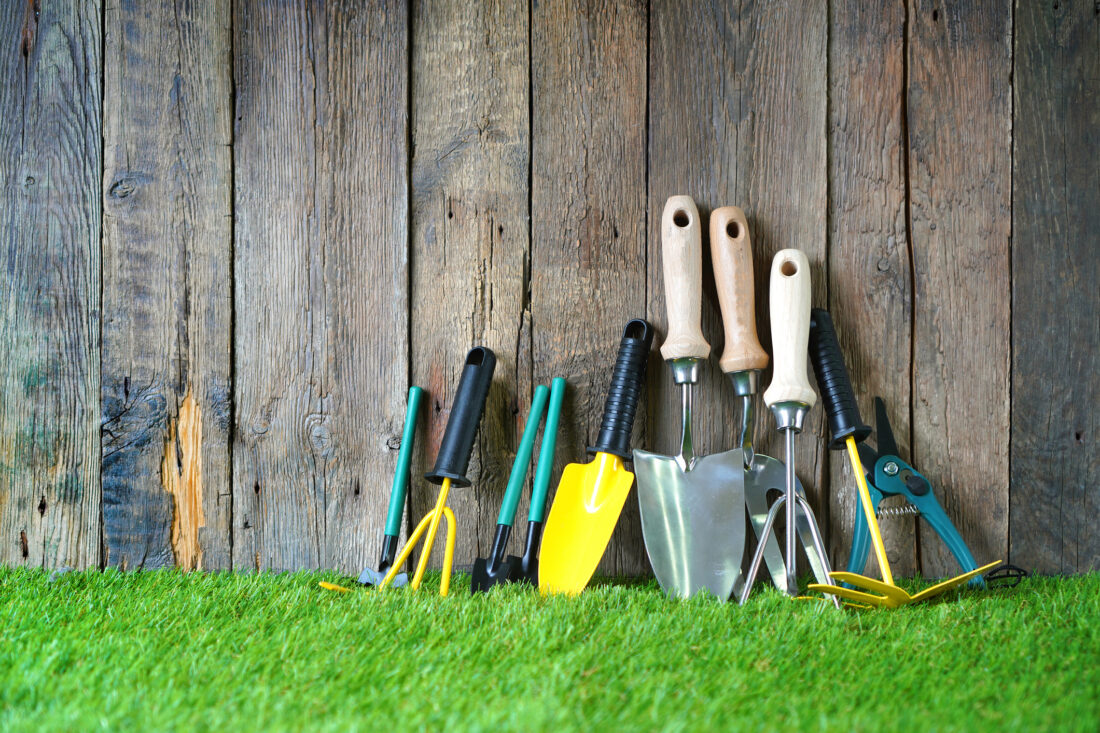
Maintaining your garden may seem like a daunting task to beginners. However, with the right garden tools in hand, you'll be able to tackle any task with ease. Our handy guide below will walk you through an extensive list of garden hand tools. This will help you to decide which garden tool will best suit your needs. We’ll also give you some tips on storing your gardening equipment too.
Garden Hand Tools
Garden hand tools are the perfect way to keep your garden neat and tidy. There are a variety of garden hand tools available to help you maintain your garden. See below for a list of some of these tools below.
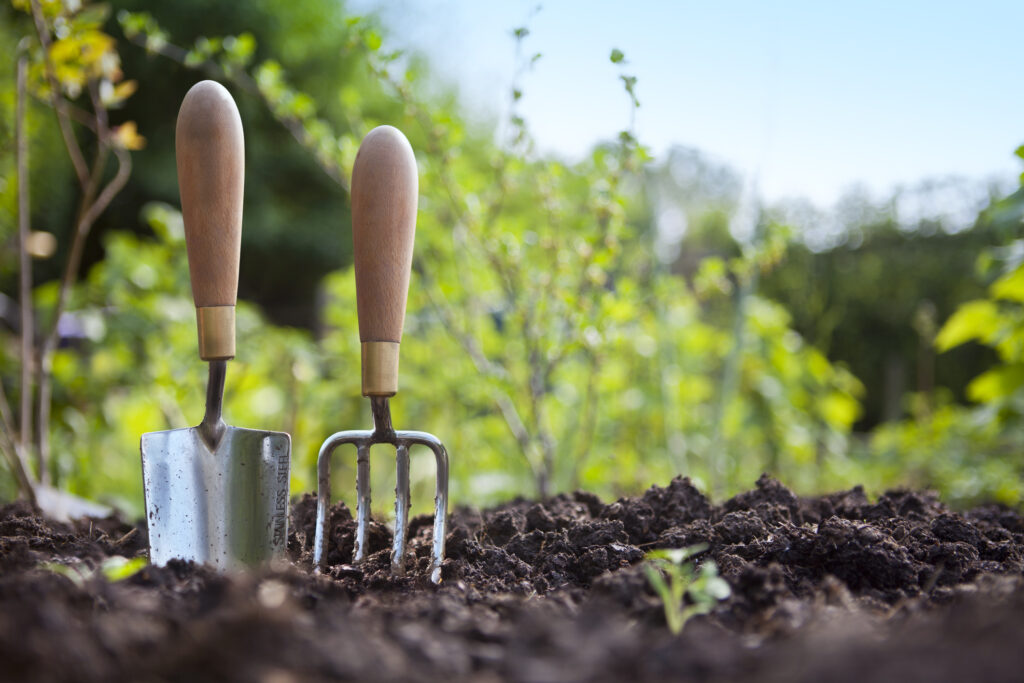
Gardening Hand Tools for Planting
- Trowel: A trowel is a small, pointed shovel-like tool used for digging small holes, planting seeds, and transplanting small plants. Look for a sturdy, stainless steel trowel with a comfortable grip.
- Bulb Planter: A bulb planter is a specialised tool are for planting flower bulbs at the correct depth and spacing. It creates holes in the soil, drops in the bulb, and covers it with soil. This tool ensures consistent planting depth and reduces strain on your hands.
- Garden Fork: A garden fork has sturdy tines that are ideal for turning and aerating soil. You can also use them to lift and divide plants. Choose a fork with strong, rust-resistant tines and a comfortable handle.
- Spades & Shovels: Spades and shovels are both digging tools. However, they have different shapes and purposes. Spades have a flat, squared blade and are great for cutting through soil. Shovels have a curved blade and are designed for lifting and moving materials like soil, compost, or mulch. They come in different sizes for various tasks.
- Transplanting Spade: A transplanting spade has a narrow blade, making it perfect for digging smaller planting holes and moving plants. It's also handy for working in tight spaces.
Garden Hand Tools for Small Plant Maintenance
- Pruning Shears: Pruning shears are larger than hand pruners. This makes them suitable for thicker branches and stems. They provide more leverage for tougher cuts. Look for ones with adjustable blade tension and ergonomic grips.
- Hand Pruners: Hand pruners, also known as secateurs, are for cutting small branches, stems, and flowers. There are two main types: bypass pruners (for clean cuts on living branches) and anvil pruners (for tougher cuts). Choose a pair that fits comfortably in your hand and has replaceable parts.
- Edger: An edger is for creating clean and distinct edges between lawns, pathways, and garden beds. It helps maintain a neat and manicured appearance for your garden. Manual edgers have a sharp blade and a footrest to push into the ground.
- Hand Rake: A hand rake, also called a hand cultivator or hand fork, has several curved tines. They are used for loosening soil, removing debris, and smoothing the soil surface. It's useful for maintaining beds and borders.
- Hand Cultivator: A hand cultivator features multiple tines or prongs used for breaking up soil, weeding, and cultivating the top layer of soil. It's great for small-scale soil preparation and maintenance.
- Hand Hoe: A hand hoe has a flat, paddle-like blade for weeding and cultivating around plants. It's particularly effective in tight spaces and between rows.
Garden Hand Tools for Larger Plant Maintenance
- Bow Saw: A bow saw is a versatile tool for cutting branches, logs, and even small trees. It has a narrow, toothed blade that is tensioned between the two ends of a bow-shaped frame. Bow saws are useful for tasks that are too large for hand pruners, but not suitable for chainsaws.
- Axe: An axe is a heavy-duty cutting tool with a sharp blade mounted on a handle. Its primary use is for splitting logs, chopping wood, and cutting down trees. There are different types of axes for various purposes, like felling axes, splitting axes, and hatchets.
- Lopper: A lopper is a pruning tool with long handles and a cutting blade. Use it for trimming and cutting thicker branches that are too large for hand pruners. Loppers are available in bypass and anvil styles, and they come with different handle lengths for varying reach and cutting power.
Hand Tools for Tidying Your Garden
- Leaf Grabbers: Leaf grabbers are designed to make collecting fallen leaves and garden debris easier. They typically consist of large scoops attached to handles that allow you to grab and collect leaves in bulk. They're particularly useful for cleaning up larger areas quickly.
- Brushes & Brooms: Brushes and brooms designed for gardening are used to sweep debris, leaves, and dirt from paths, patios, and other hard surfaces. They come in various sizes and designs, including handheld brushes, push brooms, and even powered sweepers.
- Watering Can: While not exactly a hand tool, a watering can is essential for delivering water directly to your plant’s roots. Look for a well-balanced can with a comfortable handle and a removable rose for controlled watering.
Remember to clean and maintain your hand tools regularly so they will last a long time. Additionally, consider your garden's specific needs when selecting tools to make sure you have everything you need for successful gardening.
How to Store Your Garden Tools
Storing your garden tools properly is key to maintaining their condition. Garden tools can be sharp, heavy, or have moving parts, making safe storage a priority. Exposure to the elements can lead to rust and deterioration, while improper storage might lead to injuries or damage. See our top 3 storing tips below:
- Hang tools with loops or holes on hooks to keep them organised and prevent bending or damage.
- Store tools off the ground to avoid moisture and potential rust.
- Use tool racks, pegboards, or dedicated storage sheds to keep your tools organised and easily accessible.
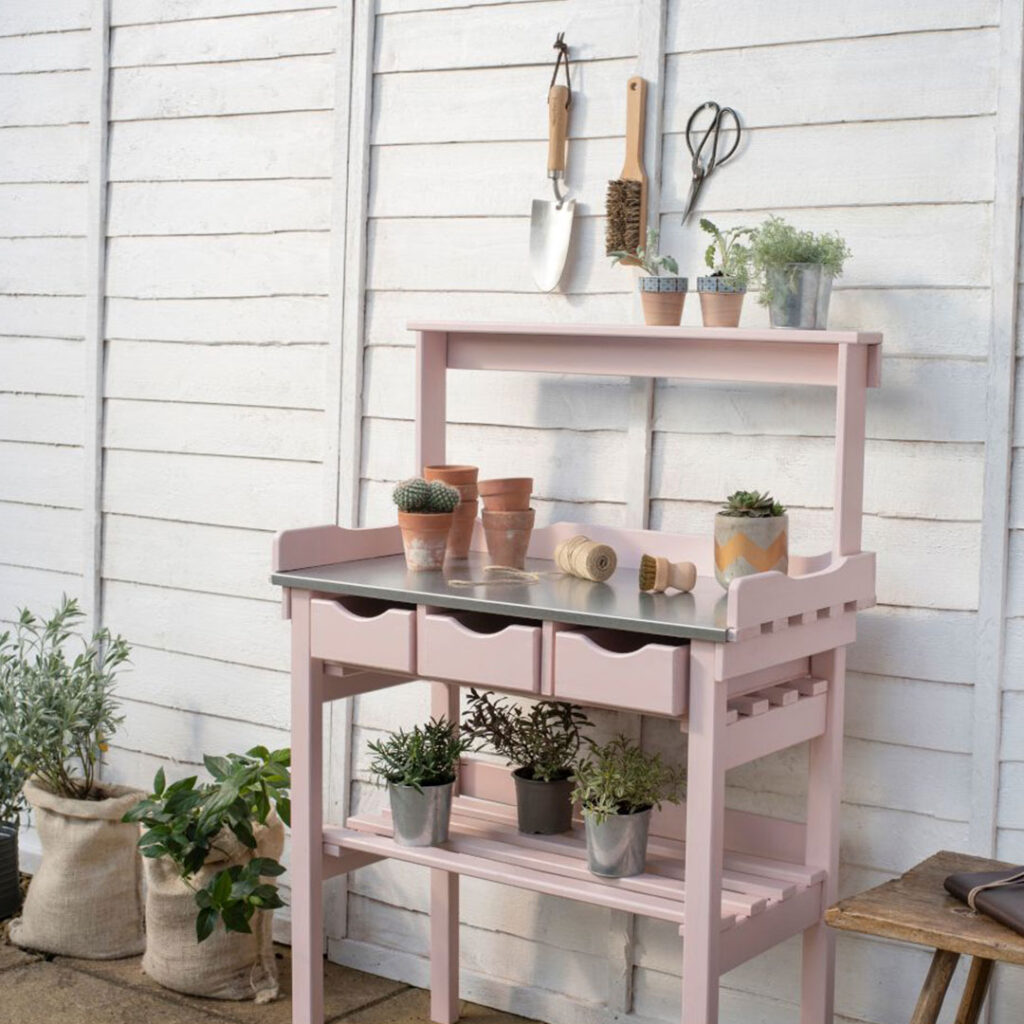
Benefits of Properly Storing Your Garden Tools
Storing your garden tools in a garden shed offers numerous benefits, which contribute to maintaining a well-organised, efficient, and safe gardening space. Here are some of the advantages:
- Protection from the elements
- Reduced clutter in your garden
- Security from potential theft
- Safety from potential accidents caused by tools left lying around in the garden
- Extends their usability and lifespan by storing them safely
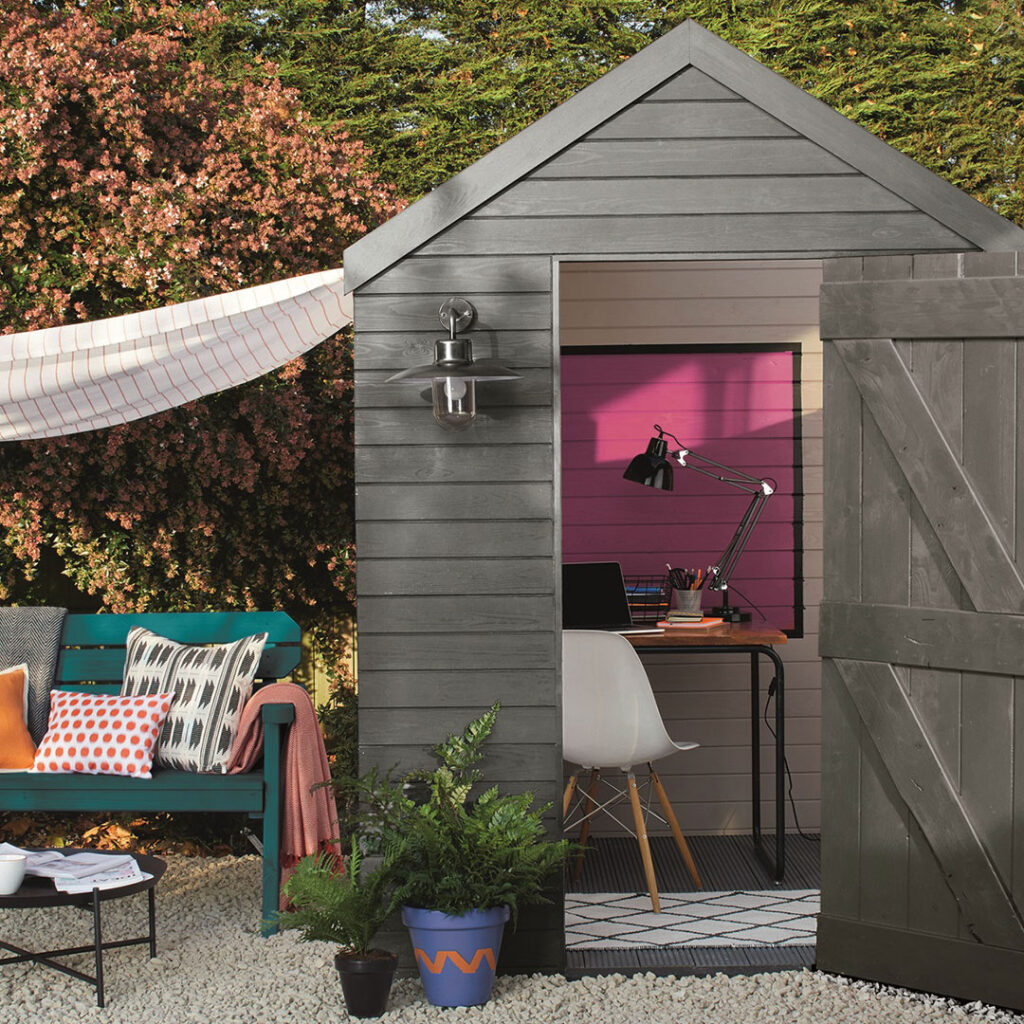
Remember, proper organisation within the shed can further maximise these benefits. It will ensure that your garden tools are easily accessible and well-maintained. Regardless of the size of your outdoor space, there’s always a garden storage option that’ll suit you too.
Garden Shed
If you have the space, a garden shed, whether wooden or metal, is a great storage option to have in your garden. It’ll provide adequate storage space for all your garden tools, as well as added protection and security. Depending on its size, you might be able to set up a workspace to use when caring for your garden tools too.
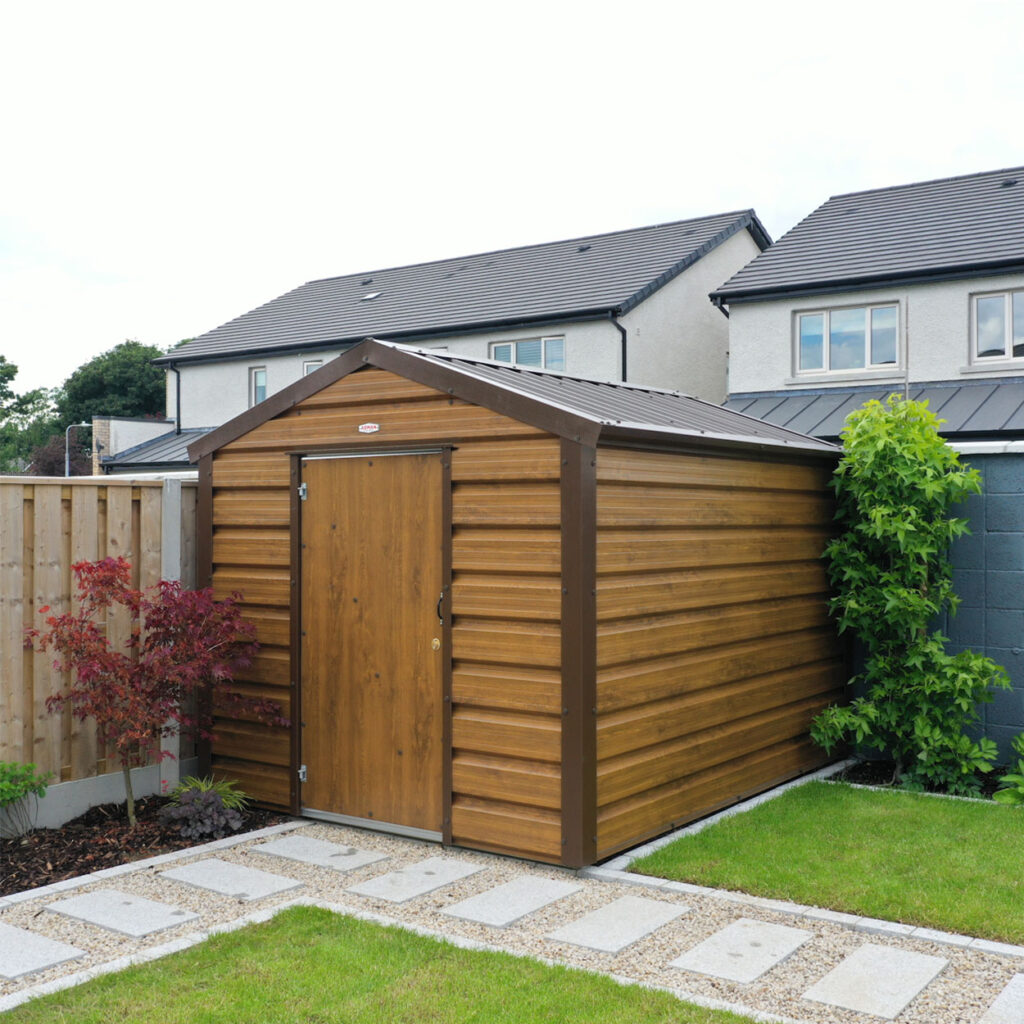
Garden Storage
If your garden is a little on the smaller side, a plastic garden storage solution may be the best option for you. These weather-resistant storage units are perfect for storing an array of garden hand tools and even some smaller garden power tools.
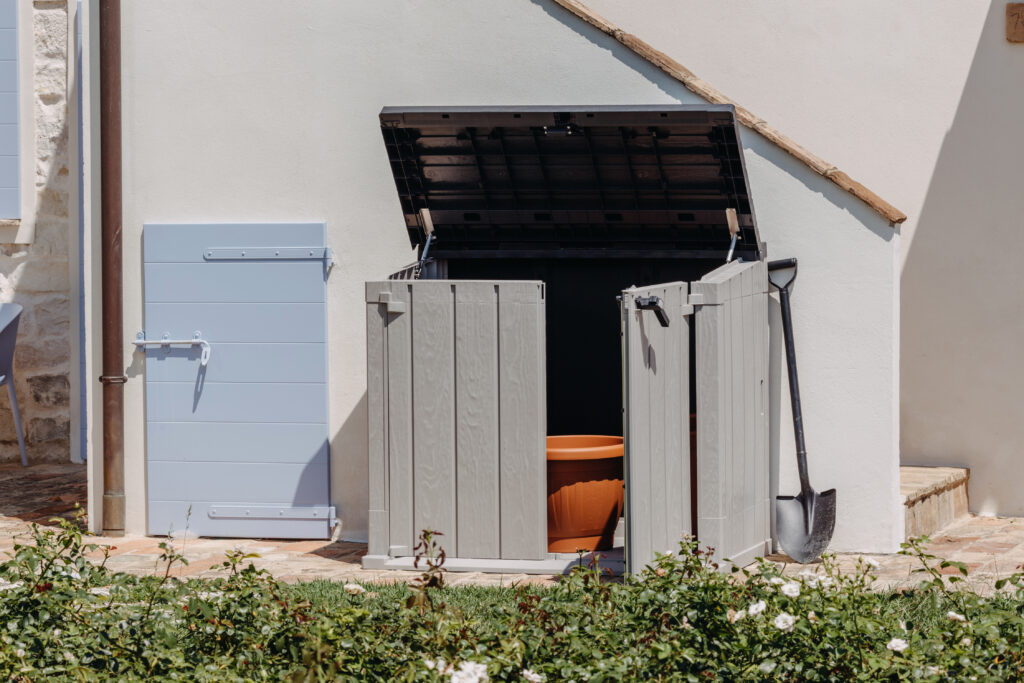
Now you know what each garden hand tool is and how to store them, it’s time to get to work on your garden! You can shop our full range of garden hand tools and storage options now. Read part 2 of this blog on garden power tools and how to care for your gardening equipment here.
